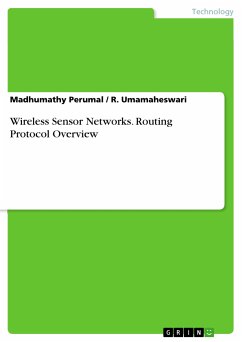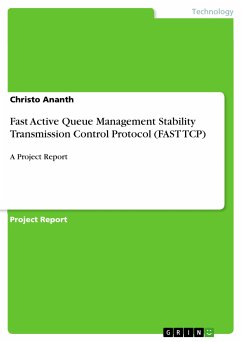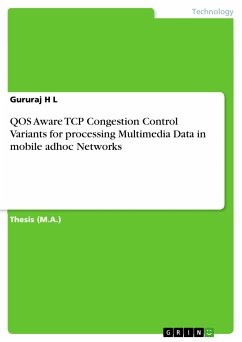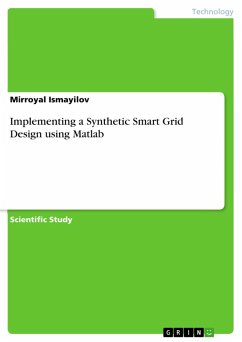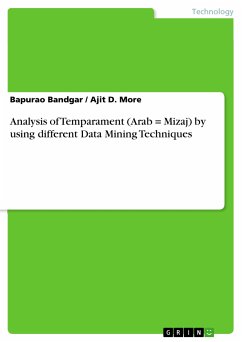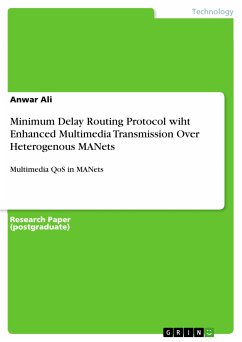
Minimum Delay Routing Protocol wiht Enhanced Multimedia Transmission Over Heterogenous MANets (eBook, PDF)
Multimedia QoS in MANets
Sofort per Download lieferbar
5,99 €
inkl. MwSt.

PAYBACK Punkte
0 °P sammeln!
Research Paper (postgraduate) from the year 2012 in the subject Engineering - Computer Engineering, , language: English, abstract: Mobile Ad-hoc network popularly known as MANETs, consists of mobile nodes without any fixed infra-structure, where each node actively participates in routing a multi-rate network employs nodes with different data rates, radio range and bandwidth. A heterogeneous MANET has various kinds of mobile nodes. Thus to deliver message from source to destination or to have per-to-peer communication it not only requires a route establishment but also to ensure minimum delay. ...
Research Paper (postgraduate) from the year 2012 in the subject Engineering - Computer Engineering, , language: English, abstract: Mobile Ad-hoc network popularly known as MANETs, consists of mobile nodes without any fixed infra-structure, where each node actively participates in routing a multi-rate network employs nodes with different data rates, radio range and bandwidth. A heterogeneous MANET has various kinds of mobile nodes. Thus to deliver message from source to destination or to have per-to-peer communication it not only requires a route establishment but also to ensure minimum delay. we attempt to analyze various delays involving in packet transmission with mathematical formulation and conditions subjected to certain assumption .This mathematical modeling proves to be sufficient to answer the QoS demands like finding the path with minimum delay among the available paths from source to destination, taking into consideration the route parameters like geographic distance and data rate. Another application is the packetizing (or) packet/cell framing to utilize other paths whose data rates may be degraded, this increase the utility and efficiency of overall network. Minimum delay routing protocol (MDRP) can also be used to determine the routes having same delay though they may differ in terms of geographical distances and data rates. Such approach will efficient in multimedia transmission over parallel links with minimum delay jitters. Various critical situations have been solved using proposed techniques as examples to validate the protocol.
Dieser Download kann aus rechtlichen Gründen nur mit Rechnungsadresse in A, B, BG, CY, CZ, D, DK, EW, E, FIN, F, GR, HR, H, IRL, I, LT, L, LR, M, NL, PL, P, R, S, SLO, SK ausgeliefert werden.




